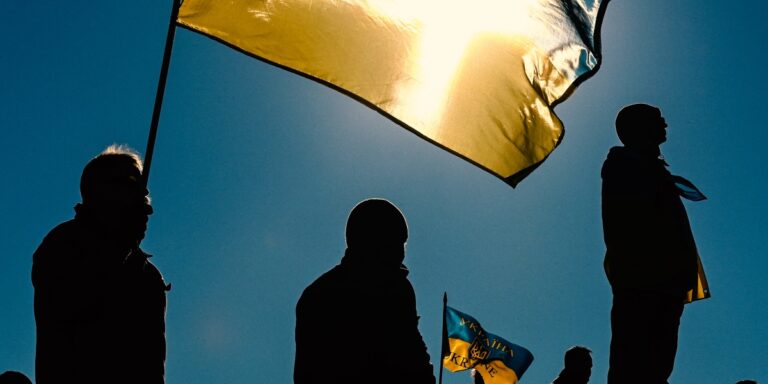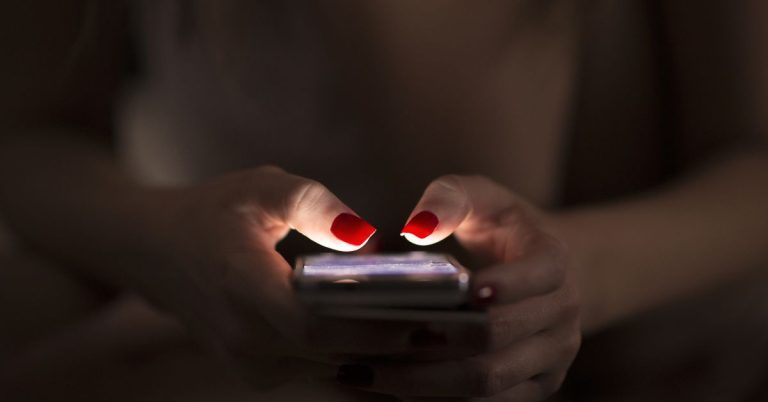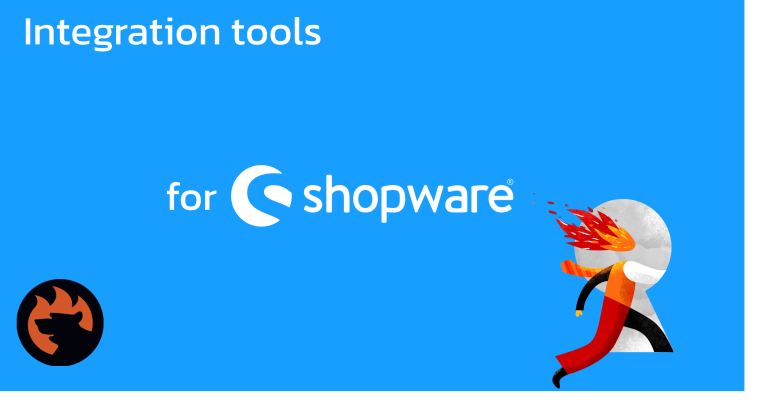Today we’ve got a first look at how the White House plans to tackle America’s cybersecurity woes. And we have part 2 of our big investigation into how police in Minnesota monitored protesters in the wake of George Floyd’s murder.
Inside the plan to fix America’s never-ending cybersecurity failures
What’s happening: Some of the US’s top cybersecurity officials—including the White House’s current Cyber director—say the time has come for a stronger government role and regulation in cybersecurity.
Why now: The war in Ukraine, and the heightened threat of new cyberattacks from Russia, is forcing the White House to rethink how it keeps the nation safe. But it’s also keen to avoid anything like the 2021 Colonial Pipeline hack happening again. Basic cybersecurity failures let the hackers in, and then the company made the unilateral decision to pay a $5 million ransom and shut down much of the east coast’s fuel supply without consulting the US government until it was time to clean up the mess.
What is it: Stronger government oversight, rules mandating that organizations meet minimum cybersecurity standards, closer partnerships with the private sector, a move away from the current market-first approach, and enforcement to make sure any new rules are followed.
Precedent: The new strategy will take its cue from some of the nation’s most famous regulatory landmarks, such as the Clean Air Act or the formation of the Food and Drug Administration. Not everyone is happy about it, though. Read the full story.
Patrick Howell O’Neill
The secret police: A police system for watching protesters kept going even after protests around George Floyd’s murder ended
Despite public assertions that it had gone dormant, a multi-agency task force consisting of federal, state, and local police that was created to monitor protests in Minnesota during the murder trial of former police officer Derek Chauvin continued to operate in secret after the trial’s conclusion, according to emails and documents examined by MIT Technology Review.
The program, known as Operation Safety Net (OSN), held regular meetings, conducted policing operations, continued close coordination, and updated intelligence documents until at least October 2021, far past its publicly announced “demobilization” in April 2021.
Read the full story here.
This is the second story in this investigative series. Our first story, about how Operation Safety Net stymies the freedom to protest, is here.
Sam Richards & Tate Ryan-Mosley
The must-reads
I’ve combed the internet to find you today’s most fun/important/scary/fascinating stories about technology.
1 The war in Ukraine will spark a global energy crisis
The IEA is warning countries to reduce demand, now. (NYT)
- Why do Russian tanks now have cages mounted on top? (Economist)
- The online movement to help Ukrainian researchers. (Verge)
- Russia’s killer drone sparks fears about AI in warfare. (Wired)
2 Another covid wave is looming
Cases are spiking in Europe and the UK—the US will be next. (Atlantic)
- We should track our immunity to monitor how we’re doing against covid. (Atlantic)
- Moderna is asking for approval to give a 4th dose. (CNBC)
- Pfizer has already asked for the same. (WaPo)
3 China’s current internet dark age could be Russia’s future
The two countries have the tendency to learn the worst from each other. (NYT)
- Why Russia is risking the splinternet. (TR)
4 We have the tech to ditch fossil fuels
And deploying it fast will actually save us money, writes Bill McKibben. (New Yorker)
5 Vitalik Butherin is worried about crypto’s future
Ethereum’s creator is disenchanted with all the wealth being flaunted. (Time)
- Crypto is keeping Russia’s YouTubers afloat. (Verge)
- Ethereum’s switch to proof of stake, explained. (TR)
- It’s running out of time to change the world. (TR)
6 Clubhouse has become a lifeline for anti-war Russians
So far the out-of-favor audio app is not on the censors’ radar. (Input)
7 EllieQ is a robot to keep your grandparents company
Cute? Or dystopian? You decide! (Wapo)
8 The Zelensky deepfake was taken down across all channels, fast
The way the platforms reacted is a blueprint. (Wired)
- A deepfake of Putin ”announcing peace” has also now emerged. (Reuters)
- Reminder: the biggest threat of deepfakes isn’t the deepfakes themselves. (TR)
9 Is Starlink’s offer of internet access in times of crisis just a PR stunt?
For many, Musk’s motives are unclear.(SciAm)
10 The new touch-tech that is making VR more immersive
“Chemical haptics” promise to take realism to a whole new level. (New Scientist)
We can still have nice things
A place for comfort, fun and distraction in these weird times. (Got any ideas? tweet ’em at me.)
- Gorgeous cherry trees in China.
- Ever wanted to know how to draw a nose? I got you.
- Researchers might be on the cusp of discovering a sort of ‘Atlantis’ but in Yorkshire, England.
- A fun interactive to introduce you to ‘scam rap’.
Quote of the day
“This is not the war to defend Russia that your grandfathers and your great-grandfathers fought. This is an illegal war. Your lives, your limbs, your futures are being sacrificed for a senseless war, condemned by the entire world.Arnold Schwarzenegger addresses the Russian people†best coq au vin in a powerful video that he posted on Twitter.






